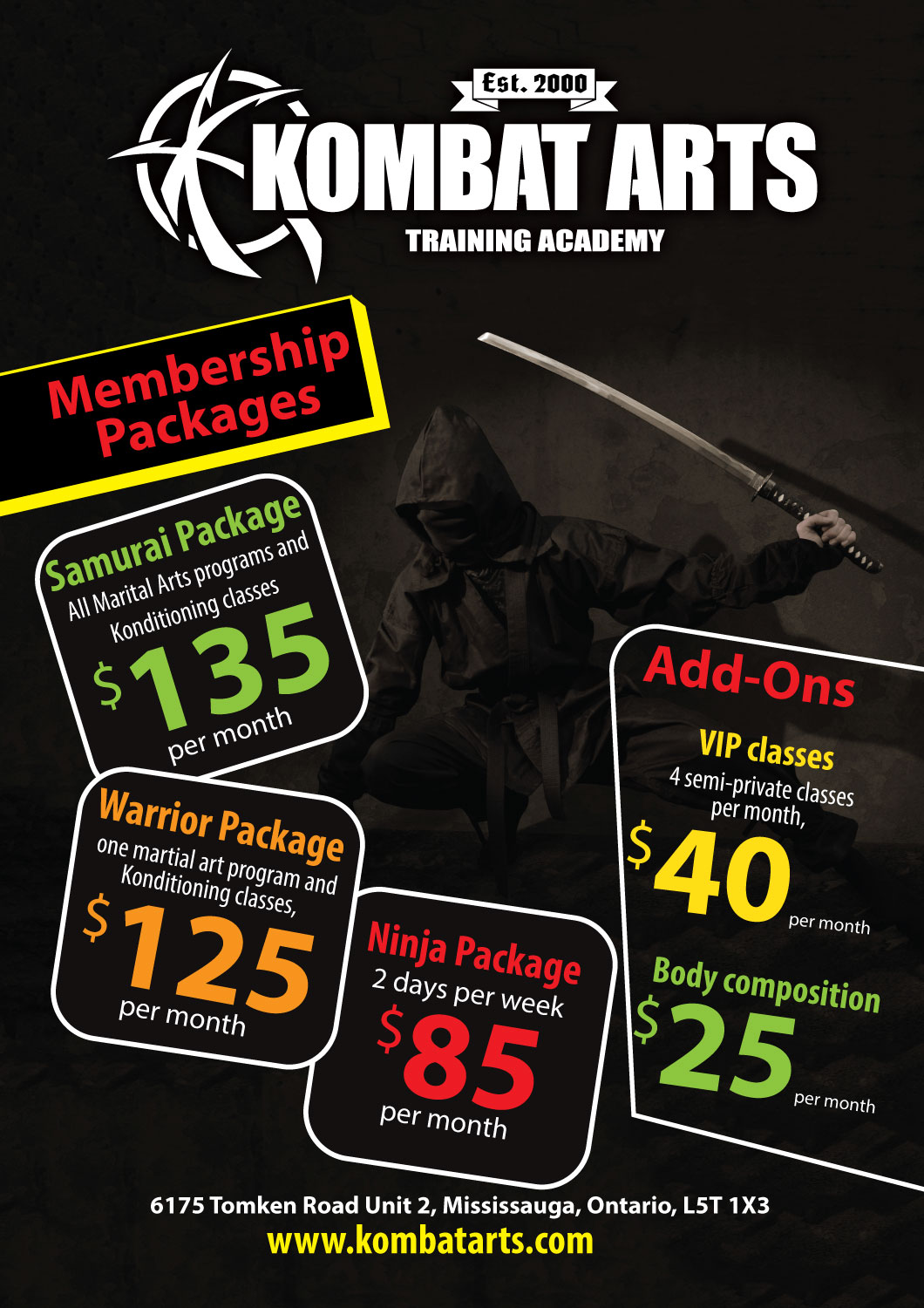Key Distinctions In Between Typical Martial Arts And Modern Fight Sports: A Thorough Analysis
Key Distinctions In Between Typical Martial Arts And Modern Fight Sports: A Thorough Analysis
Blog Article
Staff Writer-Kok Hovgaard
When you think about martial arts, do you lean more toward the typical practices or the contemporary fight sports? Each course provides one-of-a-kind advantages and experiences, formed by their approaches and training approaches. Standard martial arts emphasize personal growth and technique, while modern-day battle sports focus on competitors and performance. Comprehending these differences can direct you in selecting the appropriate strategy for your journey. But how do these differences manifest in training and approach?
The Philosophy and Background Behind Standard Martial arts
While many people associate martial arts with physical battle, the approach and background behind typical martial arts run much deeper. You'll discover that these techniques emphasize individual development, discipline, and regard.
Originating from old methods, conventional martial arts were typically created for Self-Defense and spiritual advancement. They embody concepts such as equilibrium, harmony, and self-control, guiding professionals beyond mere combating skills.
As you train, you'll not only find out techniques however additionally obtain understandings right into the society and values that formed these arts. The rituals and practices, frequently given through generations, cultivate a feeling of neighborhood and belonging.
The Competitive Nature of Modern Battle Sports
Modern combat sporting activities have changed the landscape of martial arts right into an extremely competitive sector, where athletes take on in an examination of ability, method, and endurance.
You'll see that competitions are typically organized with stringent regulations and regulations, ensuring fair game and safety. These events draw in large target markets, fueling the excitement and strength of matchups.
Athletes train carefully, not just for physical expertise yet additionally for mental toughness, understanding that every detail counts in the ring. The adrenaline thrill during competitions is palpable, as fighters press their restrictions to declare victory.
https://www.toledoblade.com/local/suburbs/2023/05/07/free-self-defense-class-wood-county/stories/20230507171 and virtuosity involved, making contemporary fight sports a thrilling spectacle that continues to advance and mesmerize enthusiasts worldwide.
Training Approaches and Methods: A Comparative Analysis
The affordable environment of modern-day battle sporting activities demands innovative training techniques that vary considerably from traditional martial arts.
In modern training, you'll focus on details techniques, sparring, and conditioning, usually using drills that mimic real battle circumstances. what is kajukenbo martial arts 'll see an emphasis on quantifiable efficiency and frequent competition to assess your skills.
On https://laneqxcgl.newsbloger.com/35038510/from-entry-level-to-black-belt-exploring-your-martial-arts-class-journey , traditional martial arts focus on kinds, katas, and thoughtful teachings, typically stressing discipline and respect over competition.
Training is normally less intense and may entail repetitive technique as opposed to real-time sparring.
While both approaches develop skill and fitness, contemporary fight sports offer an extra dynamic and versatile training environment, preparing you for prompt difficulties in the ring or cage.
Choose the path that straightens with your objectives and rate of interests.
Verdict
In picking between traditional martial arts and modern-day battle sports, it truly comes down to what you value many. If you're seeking individual development, self-control, and a sense of area, conventional arts might be your ideal fit. However if you thrive on competition and real-time challenges, contemporary combat sporting activities could be the way to go. Eventually, martial arts benefits use one-of-a-kind advantages, so it's all about aligning your training with your individual objectives and passions.
